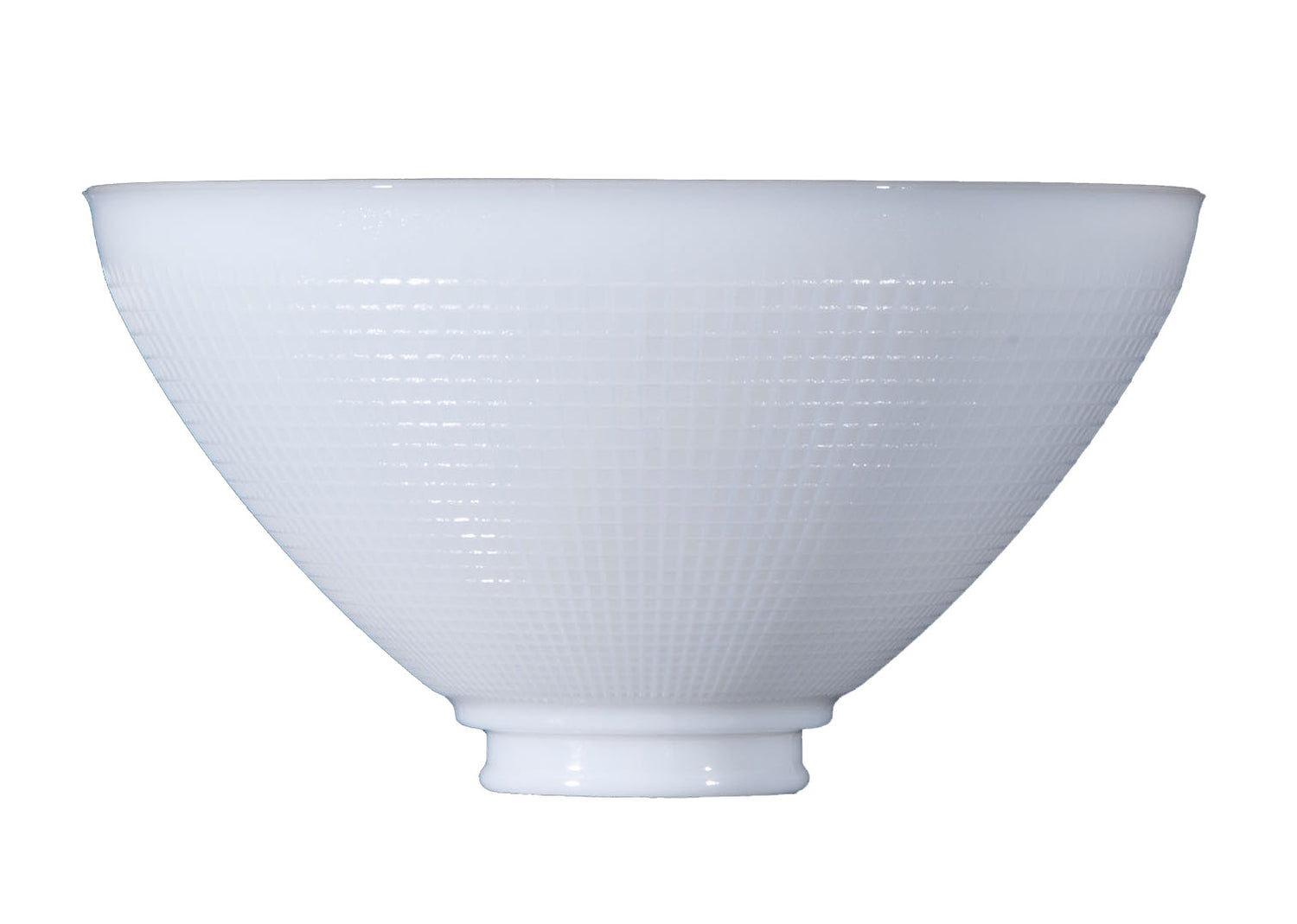Lamps Through the Years
Illumination has changed drastically within the last several centuries. Home life, travel, and work are no longer bound by candlelight or limited by darkness. We may rely on accent, ambient, and task lighting in our homes today, but how have lamps changed through the years? This guide provides a general timeline of lamp technology, as well as many of the decorative trends and movements that transformed manufacturing processes.
Edison and Early Electric Lighting
Thomas Edison and his team of researchers tested more than 3,000 light bulb designs from 1878 to 1880. In 1879, Edison filed a patent for an electric lamp. This electric lamp used a carbon filament that was coiled and connected to platina contact wires. Shortly thereafter, Edison and his team discovered that carbonized bamboo filaments outlasted linen thread, wood splints, or other coiled papers. Before long, incandescent lighting was adopted by businesses and stores. It would still be decades before electric lighting became a popular solution for domestic use. People continued to use gas until electric lighting was made more affordable and accessible to rural areas.
Art Nouveau and Victorian Lamps
Amidst the Arts and Crafts movement, consumers preferred handcrafted lamps with designs that derived from nature. Lamp makers and artists at this time employed a lot of flower stems, undulating lines, and asymmetrical shapes. The Art Nouveau movement catapulted this style to widespread popularity. Shortly after the improvement of incandescent light, Louis Comfort Tiffany began producing a series of glass table lamps in New York. His lampshades were made to diffuse and refract light with a play on color. These lampshades were made from pieces of stained-glass that were soldered together to make abstract designs. Tiffany lamps were frequently made with bronze bases that developed a slight patina over time. He also patented a type of iridescent glass known as Favrile, in which the color was ingrained in the glass itself. Popular styles included the Dragonfly, Wisteria, and Daffodil.
By the start of the 20th century, Tiffany lamps took on geometric and mission-style designs while artisans continued to produce flowered cone and globe lamps. During this time, banquet and Rochester lamps were still quite popular, and they sparked the invention of student lamps that pushed light downward for the purpose of reading and studying.
Postmodern Lamps and Lights
Just before and after World War I, the world saw a dramatic turn in lighting design and technology. Georges Claude is credited with the invention and commercialization of neon lighting. Applying an electrical discharge to a sealed tube of neon gas, Claude managed to create lamps for outdoor use that would later make Paris the “City of Lights.”
Just a few years later, American inventor Irving Langmuir created an electric gas-filled lamp that replaced carbon with a tungsten filament. Tungsten proved to be more efficient and durable than carbon. It wasn’t until 1927 that inventors patented the first fluorescent lamp. Incandescence was brought about by a low-pressure mercury electric-discharge lamp that used a phosphor coating on the inside of the glass tubing to transform ultraviolet energy into visible light.
Lamps from the 1920s and 30s featured decadent color schemes and ornamentation. These lamps were often bright gold or burgundy in color, with metallic brocades and painted finishes that complemented any glamorous and lavish design scheme. Consumers preferred angular shapes and exotic embellishments. The Art Deco movement brought about a lamp construction change in which chrome, Bakelite, and other materials were popularly used.
The Bauhaus movement was also particularly impactful on lamp design. Lamps of this era embodied the notion that form follows function, and shortages caused by World War II increased the popularity for geometric patterns, glass shades, and natural wood tones. After the war, there was a shift in the way Americans built and planned their homes.
In the 1950s, homes were smaller, and Americans preferred brightly colored décor with curvilinear shapes and traces of surrealism. Elmer Fridrich and Emmitt Wiley patented an improved type of incandescent lamp in 1959, with a form of tungsten filament and a bulb made of fused quartz, high-silica glass, or aluminosilicate.
Throughout the 1960s and 70s, consumers looked for more colorful and psychedelic lamps. In 1963, Edward Craven Walker invented the lava lamp to create mood lighting. To this day, the lava lamp mesmerizes college students and collectors alike. Although the 1980s were dominated by geometric lamps and an Art Deco resurgence, the Arts and Crafts movement experienced a revival in 1990s. Consumers preferred chic and shabby styles, as well as designs that derived from nature. Today, we’re witnessing a widespread nostalgia for Edison-style bulbs and industrial light fixtures. Mid-century modern and Art Deco lamps are still quite popular to this day, but most people are swapping incandescence and fluorescence for energy-efficient LED bulbs.
We tend to take modern appliances and technologies for granted, but it can be eye-opening to realize just how far modern lighting has come in such a brief period of time. If you have any questions about this article or would like to learn more about Antique Lamp Supply, please contact us today to speak with one of our friendly representatives.

